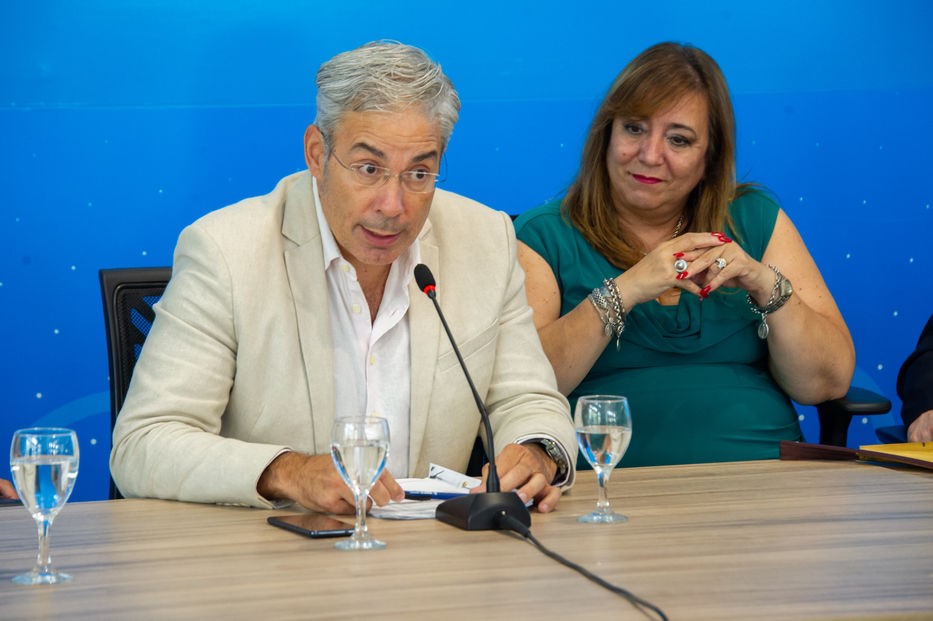Resource Center for students with ASD will have a new headquarters
The project promotes the inclusive education of students with autism spectrum disorders and involves an investment of $12 million.
The National Administration of Public Education (ANEP) and the National Housing Agency (ANV) signed an agreement so that the resource center for students with autism spectrum disorders (TEA) has its own headquarters. The premises, owned by the ANV, will be leased and conditioned by the ANEP. 12,400,000 pesos will be invested for this restoration.
The president of the Central Board of Directors (Codicen) of ANEP, Robert Silva; the Minister of Housing and Territorial Planning, Irene Moreira; the undersecretary, Tabaré Hackembruch, the president of the ANV, Klaus Mill von Metzen, and the general director of Secondary Education, Jenifer Cherro.
The new dependency will be called Adolescent Attention House with TEA and will work under the orbit of the General Directorate of Secondary Education.
Moreira maintained that it is the Government that should develop this type of pioneering actions, to give more opportunities to children and adolescents with this disability. In addition, he highlighted the teamwork carried out by the portfolio and ANEP. “Today we reached a goal,” he celebrated.
I work for an inclusive education
For his part, the president of the Codicen expressed: “What we are doing today is ratifying the urgent need to join forces. Join efforts to find solutions”, and he valued education as a fundamental human right and above all for “those who are in a different situation, not only as students but also in what it implies in their own families”.
Along these lines, he stressed that we must work for inclusive education. “Inclusive education does not become a reality if we do not have effectively trained professional teams that start from the paradigm of homogeneity to work from the paradigm of diversity, recognizing in each of the students their unique, identitary particularity,” he said.
In turn, he added that the resource center “aims to generate material resources, to generate training, to generate support for families” and “also to identify with a physical place.”
He also reported that the State Health Services Administration (ASSE) and the Social Welfare Bank (BPS) will participate in this house.
Regarding the work for an inclusive education, the hierarch indicated that it implies a lot of coordination and effort and mentioned two more examples regarding this point: Hospital Classrooms, for secondary education, and the accreditation of knowledge of students of special training in Primary, through the University of Labor of Uruguay (UTU). “It is a set of actions that we carry out,” he remarked.
In addition, he valued the experience of the Secondary School in this matter, with the resource centers for deaf and blind students.
Mill von Metzen stated, in his speech, that this agreement took a long time of work by the technical teams and he praised ANEP’s attitude of being a pioneer in this type of care.







